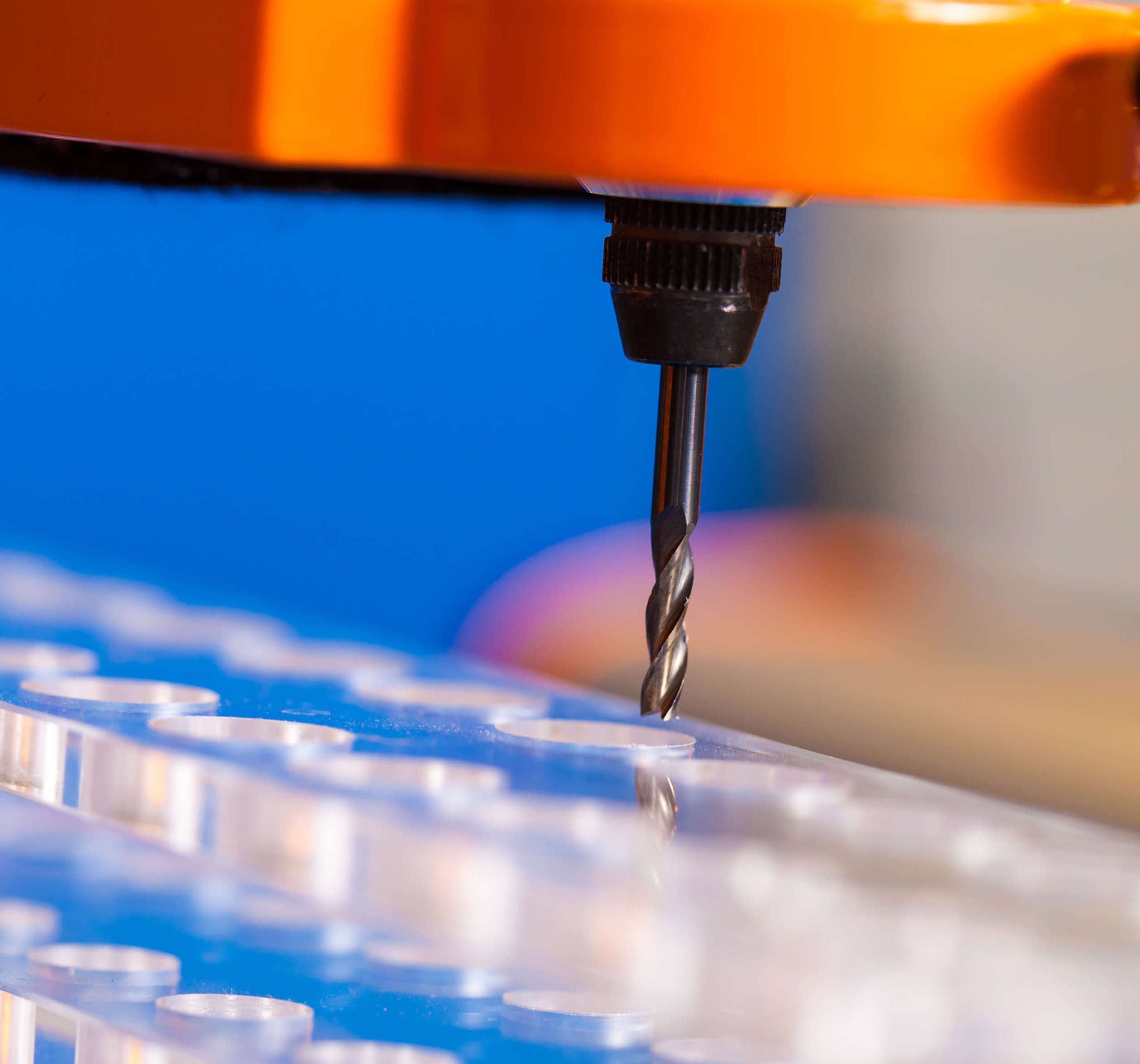High-Density Polyethylene, commonly known as HDPE, is one of the most widely used and versatile plastics in the world today. Its unique properties make it an essential material across various industries, from packaging and construction to medical and environmental applications. In this article, we’ll explore what HDPE is, its key characteristics, common uses, and why it has become such an integral material in modern manufacturing.
What is High-Density Polyethylene (HDPE)?
HDPE is a thermoplastic polymer made from the monomer ethylene. It is known for its high strength-to-density ratio, meaning it can be lightweight while maintaining excellent durability and resistance. HDPE typically has a density of 0.93 to 0.97 g/cm³, which is relatively low compared to other plastics, yet it offers substantial tensile strength.
The "high-density" classification arises from the way its molecules are arranged. Unlike Low-Density Polyethylene (LDPE), HDPE has a linear structure with minimal branching, which creates stronger intermolecular forces and results in its characteristic rigidity and strength.
Key Properties of HDPE
| Property | Description |
|---|---|
| Durability and Strength | HDPE resists impacts, chemicals, and extreme temperatures, making it suitable for heavy-duty applications. |
| Lightweight | Despite its strength, HDPE is lightweight, making transportation and handling more efficient and cost-effective. |
| Chemical Resistance | Resistant to acids, bases, and solvents, HDPE is ideal for containing chemicals or being used in environments with chemical exposure. |
| Weather Resistance | Performs well outdoors, resisting UV rays and environmental factors. It does not degrade easily when exposed to sunlight, water, or fluctuating temperatures. |
| Non-Toxic and Food-Safe | Often used in food packaging, HDPE is non-toxic and can withstand temperature changes without compromising the safety of its contents. |
| Recyclability | HDPE is 100% recyclable, making it an eco-friendly choice compared to other materials. It can be reprocessed into new products without losing its properties. |
Common Uses of HDPE
HDPE’s versatility spans numerous industries. The following table highlights the most common uses of HDPE:
| Industry | Application | Examples |
|---|---|---|
| Packaging | Bottles and Containers | Milk jugs, detergent bottles, juice containers. |
| Plastic Bags | Durable plastic bags, although less common than LDPE bags. | |
| Piping Systems | Water and Gas Pipes | Corrosion and chemical resistance make it ideal for water, sewage, and gas pipelines. |
| Irrigation Systems | Used in agriculture for long-lasting irrigation systems. | |
| Construction | Geothermal Piping | HDPE is used in geothermal heat pumps to transfer heat underground. |
| Plastic Lumber | Recycled HDPE is increasingly used for synthetic wood for outdoor decking and furniture. | |
| Agriculture | Agricultural Films | Greenhouse films, tarpaulins to protect crops and livestock. |
| Crates and Bins | Durable and easy-to-clean storage solutions for agriculture. | |
| Automotive | Fuel Tanks | HDPE’s chemical resistance makes it suitable for fuel tanks in cars and airplanes. |
| Vehicle Components | Lightweight and durable, used in car interiors and parts to improve fuel efficiency. | |
| Medical | Medical Equipment | Used for prosthetics and hospital furniture due to its hygiene and ease of cleaning. |
| Pharmaceutical Containers | Ideal for packaging pharmaceuticals due to non-reactivity and resistance to chemicals. | |
| Environmental | Landfill Liners | Lining material in landfills to prevent leakage of hazardous materials into the environment. |
| Recycling Bins |
Commonly used for recycling containers, emphasising HDPE’s recyclability. |
Benefits of HDPE
| Benefit | Description |
|---|---|
| Cost-Effective | HDPE is affordable to produce compared to metals or alternative materials, offering an economical solution for various applications. |
| Long Lifespan | HDPE products often last for decades without showing signs of wear, providing long-term value in all its applications. |
| Environmental | Being 100% recyclable, HDPE can be reused to create new products, reducing plastic waste and environmental impact. |
High-Density Polyethylene (HDPE) is a powerful example of modern material innovation. Its versatility, strength, and resistance to environmental factors make it a key player in a wide array of industries, from packaging and construction to healthcare and environmental protection. As HDPE continues to evolve through recycling and sustainable practices, it is likely to remain a crucial material in our everyday lives for years to come.





Leave a comment
This site is protected by hCaptcha and the hCaptcha Privacy Policy and Terms of Service apply.